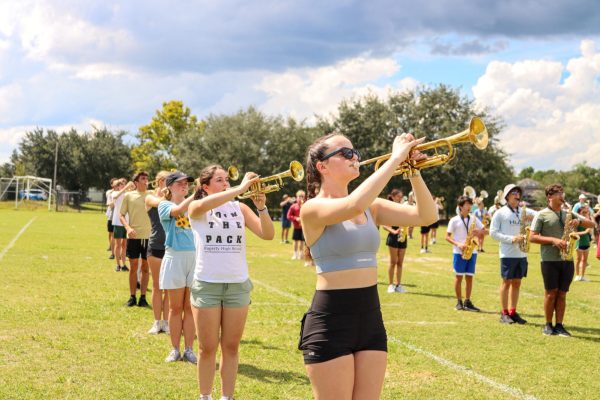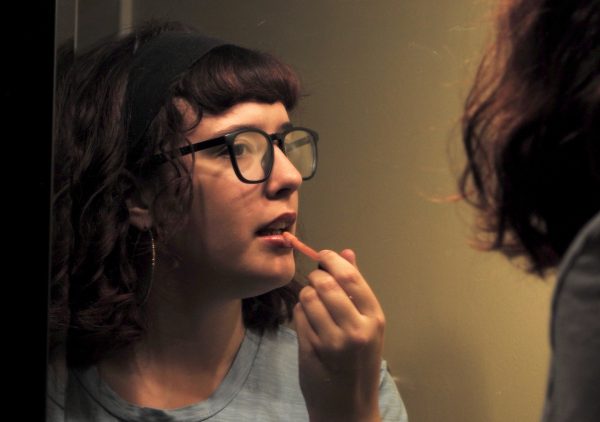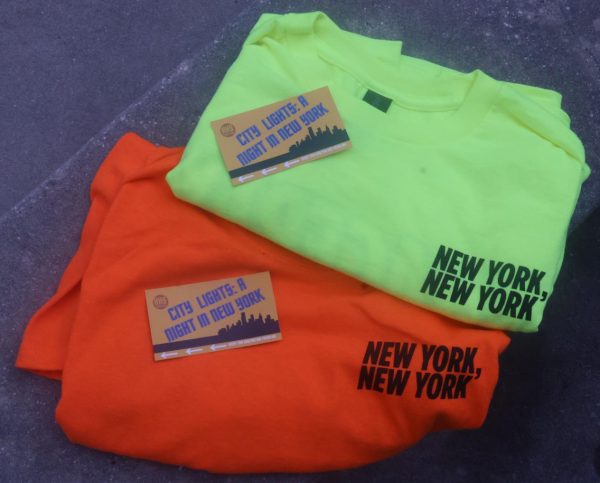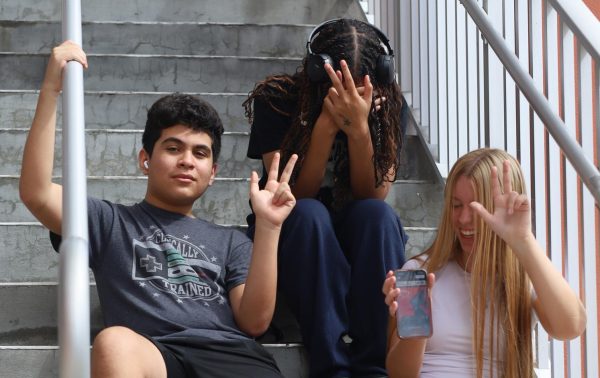Taking the heat
photo by Callan O’Connor
Freshman Callan O’Connor uses a grinder on a metalworking project. He has been into blacksmithing for nearly two years.
Freshman Callan O’Connor takes a long metal rod, pulls down his face guard and steps toward the red hot furnace. He feels the heat on his skin as he shoves the piece of metal in the furnace to soften it. After 15 minutes, he pulls the malleable rod out and places it on a homemade power hammer, turning it into the rough length, width and thickness to later be shaped into a knife.
O’Connor got into blacksmithing nearly two years ago after learning about it on the internet. From there, he has fully immersed himself into the ins and outs of the trade, constantly making a wide variety of projects for family, friends or personal enjoyment, using only his extensive toolbox.
“I saw it on YouTube one day and I thought that would be cool, so I kind of started it and really liked it. It kind of has gone out of control there, I have an entire blacksmith shop in my garage now,” O’Connor said.
O’Connor started with only basic tools that his parents had in their garage and used his knowledge of electricity and magnetism to create tools such as the power hammer and forge. He has purchased the rest of his equipment at many different specialty stores due to how uncommon the practice is.
He also makes tools for friends, charging them for both materials and labor. For example, a homemade kitchen knife will cost around $100, depending on factors such as quality and cost of the steel and propane.
“I make a lot of iron works such as wall hooks, a few door bolts and various decorative pieces. I also make more functional pieces such as chisels, knives and axes,” O’Connor said.
He hopes to turn his extensive hobby into a job one day, but fears that multiple factors might stop him from doing so, such as the competitive nature of the field and focus on creating things other than tools and knives. Nonetheless, he plans to continue the hobby throughout his high school career and well into his adult life.
“As far as [getting a job in the field] you have to be very good at the craft,” O’Connor said.
A downside to such a hobby is the danger that all who do it face. O’Connor constantly has to be on his toes making sure he watches where he steps and places the metal. He also needs to make sure he wears correct protective gear to make sure he doesn’t get hurt.
“There’s always a danger of fire. It requires the process of getting a piece up to around forging temperature, which is around 1800 degrees Fahrenheit. [You have to wear] protective clothing and eye protection at all times and have fire extinguishers nearby,” O’Connor said. “There’s also the hazard [with] breathing. For example, if you’re cutting with an angle grinder, pieces can fly at you, so you make sure you have the face shield, the list goes on and on.”
He finds his hobby very fulfilling, as he loves creating something useful like metalwork, forging sometimes even multiple times a week to create something he or someone else can use.
“I find the aspect of taking something so bland as a bar of metal and making something as intricate as for example a wall hanger or an ax. It’s really rewarding once you see the final product,” O’Connor said.
Your donation will support the student journalists of Hagerty High School. We are an ad-free publication, and your contribution helps us publish six issues of the BluePrint and cover our annual website hosting costs. Thank you so much!











